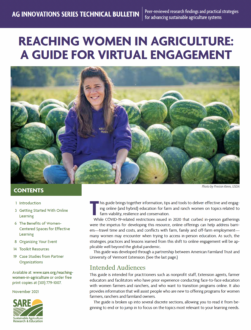Case studies were developed in the summer of 2020.
As part of our effort to understand how organizations in the agriculture and natural resources field pivoted to the online format, we sought input and stories from partners in the field, sharing successes and challenges in doing their work in the virtual space.
We asked respondents to reflect on a series of questions regarding how their events changed in response to the global COVID-19 pandemic, what they learned and what challenges they faced, including what surprised them about pivoting to virtual spaces. We also asked them to reflect on what they plan to take with them for future events, both virtual and in person, as well as a general reflection on their experiences.
Respondents included (in the order they were received):
- Elizabeth Lillard, Women in Conservation Leadership, National Wildlife Federation
- Maggie Norton, Practical Farmers of Iowa
- Caitlin Joseph and Ashley Brucker (also authors of this guide), Women for the Land Initiative at American Farmland Trust
- Cayla Bendel and Kim Cole, Pheasants Forever
- Jean Eells, E Resources Group, LLC
- Lisa Kivirist, formerly with In Her Boots, a program of the Midwest Organic Sustainable Education Service
- Wren Almitra, Women Food and Agriculture Network and Women, Land and Legacy
Elizabeth Lillard, Women in Conservation Leadership, National Wildlife Federation
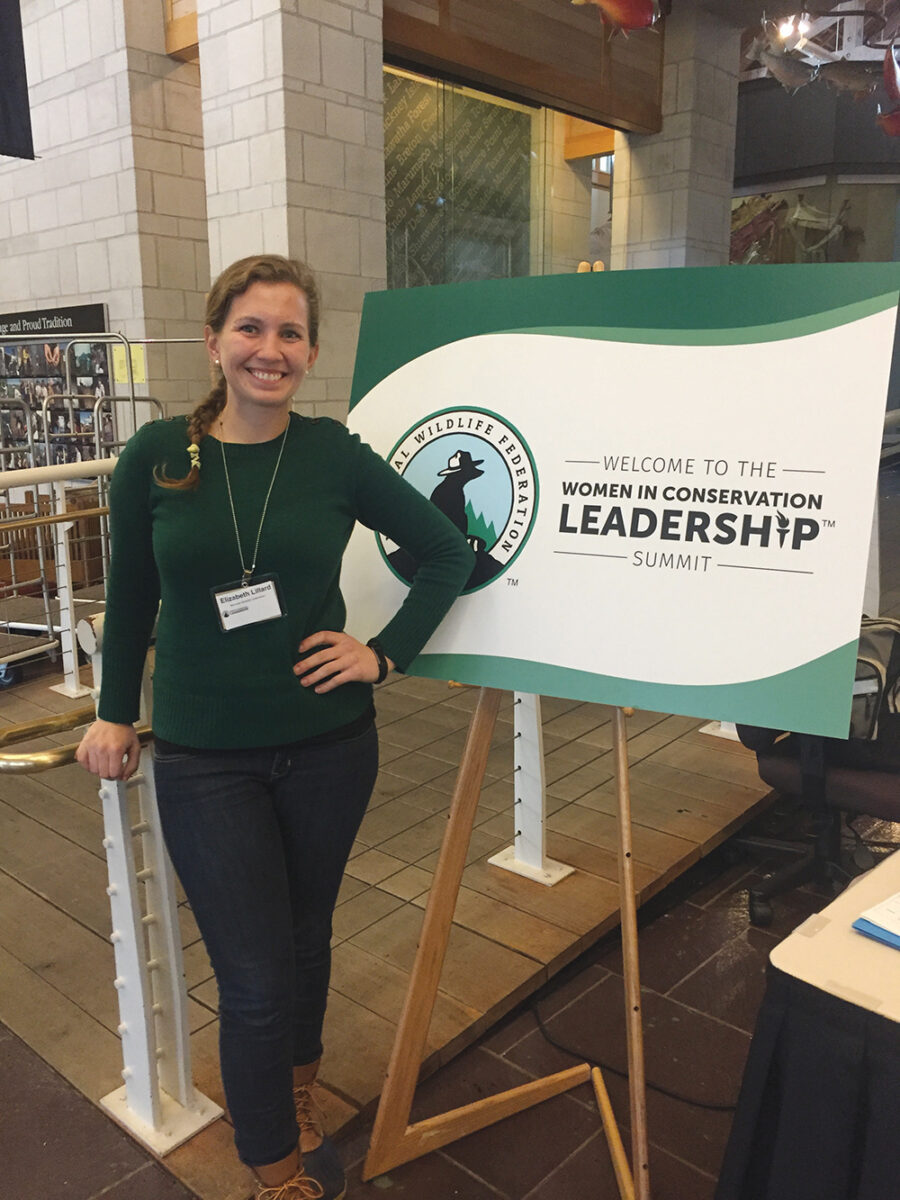
How did COVID-19 change your outreach (workshops/field tours/demonstrations) efforts this year?
The Women in Conservation Leadership Program centers on a large biannual conference that was scheduled for March 2020. After the conference, the plan for the year was to develop and expand year-long programming opportunities and events. Ten days before the 2020 Summit we had to postpone due to escalating concerns about COVID-19. We postponed the Summit to mid-October, thinking that would be enough time for the pandemic to resolve. Pushing the conference back about six months has forced us to also delay our expanded programming development. Our team’s capacity for strategic planning and outreach is limited by ensuring the fall conference proceeds without any issues. We have recently decided to shift the conference to a virtual platform, as COVID-19 continues to be a serious issue.
What are some key things you learned from pivoting to a virtual platform?
We are still in the process of shifting, and I’ll be able to share more once the conference is over. Some of the benefits I have noticed so far:
- It is much easier to get speakers/panelists to join because no travel or travel time is involved. Folks can have two speaking engagements in the same day, whereas being in person would really limit their schedule.
- A virtual meeting is more accessible to a lot of folks because it only requires the registration fee (no travel, lodging or extra days out of the office are required).
- The virtual format makes it much easier to handle transition times and to get folks where they need to go. This is a big issue when dealing with a conference with 500+ attendees.
I’m most concerned about how to ensure the networking piece is not lost. That is one of the biggest downsides to the virtual platform.
What lessons have you taken away that will inform both virtual and in-person events in the future?
Communication and easily accessible information are key to a successful event. It doesn’t matter if you have the most amazing speakers or sessions, if people can’t figure out when they are speaking or how to access them it will be a wasted effort. This is especially true for a virtual conference.
Another part of this is making sure your speakers have all the tools they need to be successful. This includes sharing best practices, technology run-throughs, well-prepared moderators, etc.
Is there anything else you would like to share about your experience with utilizing virtual engagement tools while serving your particular audience/constituency?
Practice and over explain. As the event organizer you have more information and context than anyone else you work with. In a virtual setting this is especially true because people can’t just ask you a question discreetly behind the registration table.
Contact: Elizabeth Lillard, LillardE@nwf.org, (734) 887–7134
Maggie Norton, Practical Farmers of Iowa
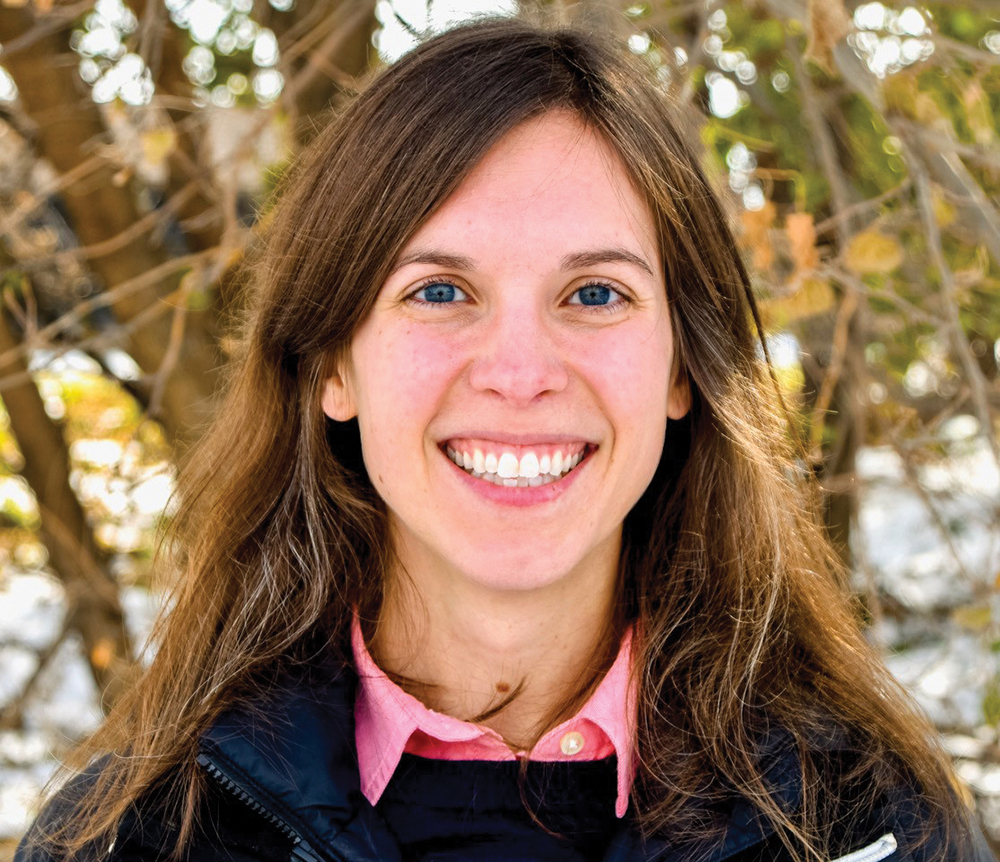
How did COVID-19 change your outreach (workshops/field tours/demonstrations) efforts this year?
Practical Farmers of Iowa’s (PFI) bread and butter are the annual conference and our field day season. These two event types allow members and non-members to learn from one another, but they also act as networking and social opportunities. The combination of knowledge exchange and socializing helps build the PFI community. This spring, we had to make dramatic changes to our field day season in order to keep event attendees safe during the ongoing pandemic. The only path forward was to shift to a completely virtual format. Since we have nearly 10 years of experience hosting an online winter “farminar” series, we decided to build from that foundation. For the past couple years, we have been using Zoom to facilitate that series, so we decided to continue using Zoom for the virtual field days. Then, depending on the type of interaction the staff and speakers wanted with the audience (as well as reach), they decided whether the virtual field day would be contained and broadcasted within Zoom only or also streamed to Facebook. The initial thought was that we could facilitate more dialog within Zoom since conversation with a Facebook audience is limited to text in the comments section. Besides the virtual fields days we’ve also converted other events like the Next Generation Summit to a virtual format (Zoom meetings) and started new series like the Strategies for Strange Times weekly calls during the early months of the pandemic (ran for 12 consecutive weeks via Zoom meetings).
The only path forward was to shift to a completely virtual format. Since we have nearly 10 years of experience hosting an online winter 'farminar' series, we decided to build from that foundation.
Maggie Norton, Practical Farmers of Iowa
Outreach during this time has also included virtual field day trainings, troubleshooting and providing event assistance with other organizations, partners and members. I’ve given six different trainings to a total of 220 participants and shared the training resources with numerous other organizations and individuals. It’s been a really rewarding experience as a new employee, and it has allowed me to build my network along the way.
What are some key things you learned from pivoting to a virtual platform?
Equipment matters. Literally gearing up for the virtual field day season, we purchased a handful of “equipment kits” to send to farmers to pre-record video and/or stream live. Providing a good Bluetooth earpiece made a world of a difference in audio quality for listeners at home. The technology is so easy to use too that there was hardly a learning curve for anyone who wasn’t already familiar with it. Additional pieces of equipment we sent out—even lower-tech—were two tripods. One was with flexible legs, which allows the user to attach their camera onto equipment or other structures. The second tripod would position the camera several feet off the ground. They didn’t use the tripods! Some did, but so many others opted to have a camera person that just held the camera the entire time. Guess what, you aren’t as stable as you think! With connections as poor as they are in rural areas, every movement is a frame adjustment and that results in a constantly blurred video for many viewers. Moving forward with our virtual events, we’re going to continue fine-tuning the equipment kits and instructions, and setting clear expectations.
What worked well?
Overall, all of it! Under the circumstances I think we nailed it. There are always technical difficulties onscreen and behind the scenes, but that’s no biggie in the grand scheme of things. Everyone understands we’ve all been trying to do the best we can over the past several months. Everyone on staff and all our farmer speakers have stepped up and adapted, and we were able to provide flexibility within our formats to accommodate the vision of our staff and speakers. There is a core team of about seven people that contributes to various dimensions of the inner workings of our virtual field day season. We’ve become a well-oiled machine, and when something changes requiring action from the team, it’s fun to see everyone’s names pop up in comments responding to their specific niche. I think I find that aspect of teamwork even more energizing now that we are working apart from one another. Knowing that my coworkers are simultaneously working on the same thing is nice—we’re together in a sense.
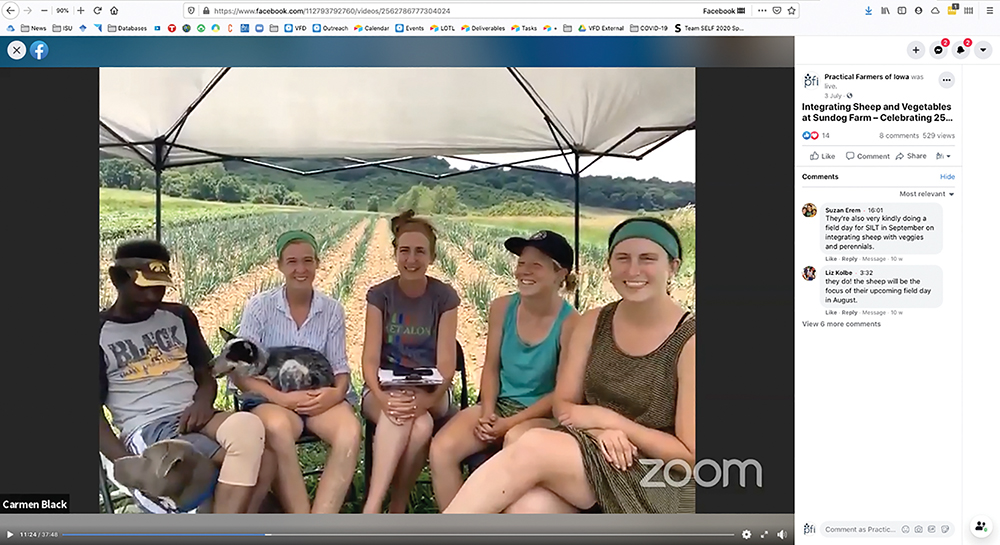
What didn’t work so well?
I'm a bit disappointed in the Zoom events. I think the webinar events are too restrictive, and the meeting formats can be messy if you’re not careful. I was hoping the Zoom webinars would encourage more dialog and engagement between speakers and the audience, but I think there were a lot of mic-shy attendees out there. It would have been nice for attendees to see one another’s names and to have the ability to chat directly with other participants, which is another limitation of the webinar format. Zoom meetings are more dynamic, but then you can’t query a good attendee report, which is important on the backend for us. There are a lot of tradeoffs to consider when selecting the right format. I wish we had more time at the beginning of our virtual field day season to weigh out some other options.
What surprised you?
Honestly, I’m not sure. This was all totally uncharted territory for me, so what do I use for a baseline? I kind of surprised myself, I guess. Never would I have guessed a year ago that I would know the ins and outs of creating live videos on Facebook and linking multiple platforms together to stream content. It was an exciting puzzle to work out, but this is not a skillset I ever intended to have.
What lessons have you taken away that will inform both virtual and in-person events in the future?
Virtual events will continue to be a well-used tool. Even when we get back to a point where we can hold in-person events, I think we will incorporate live streaming (strategically) so that attendees farther away can participate. I also believe we will continue to flex these newfound muscles: We won’t necessarily constrain ourselves to Zoom and Facebook. There are lots of platforms out there, so why not dabble to see what really works best? We’ll also become increasingly creative with how we share our content virtually. We have lots of out-of-the-box thinkers at PFI, and they have come up with a storm of clever ideas that I hope to see deployed in the future.
Is there anything else you would like to share about your experience with utilizing virtual engagement tools while serving your particular audience/constituency?
Prepare and practice. And practice some more. This isn’t as intimidating as it seems, but you need to get your ducks in a row ahead of time so you can relax and have fun during your event. Determine what kind of experience you want to have with your audience, select a platform that facilitates that, build an agenda and practice. And remember, it’s totally fair to lean on organizational partners or friends and family to make the event work. We’re all looking for “wins” right now and it feels even better if you help facilitate one!
Contact: Maggie Norton, maggie_n@practicalfarmers.org, (515) 232–5661
Caitlin Joseph and Ashley Brucker, Women for the Land Initiative, American Farmland Trust
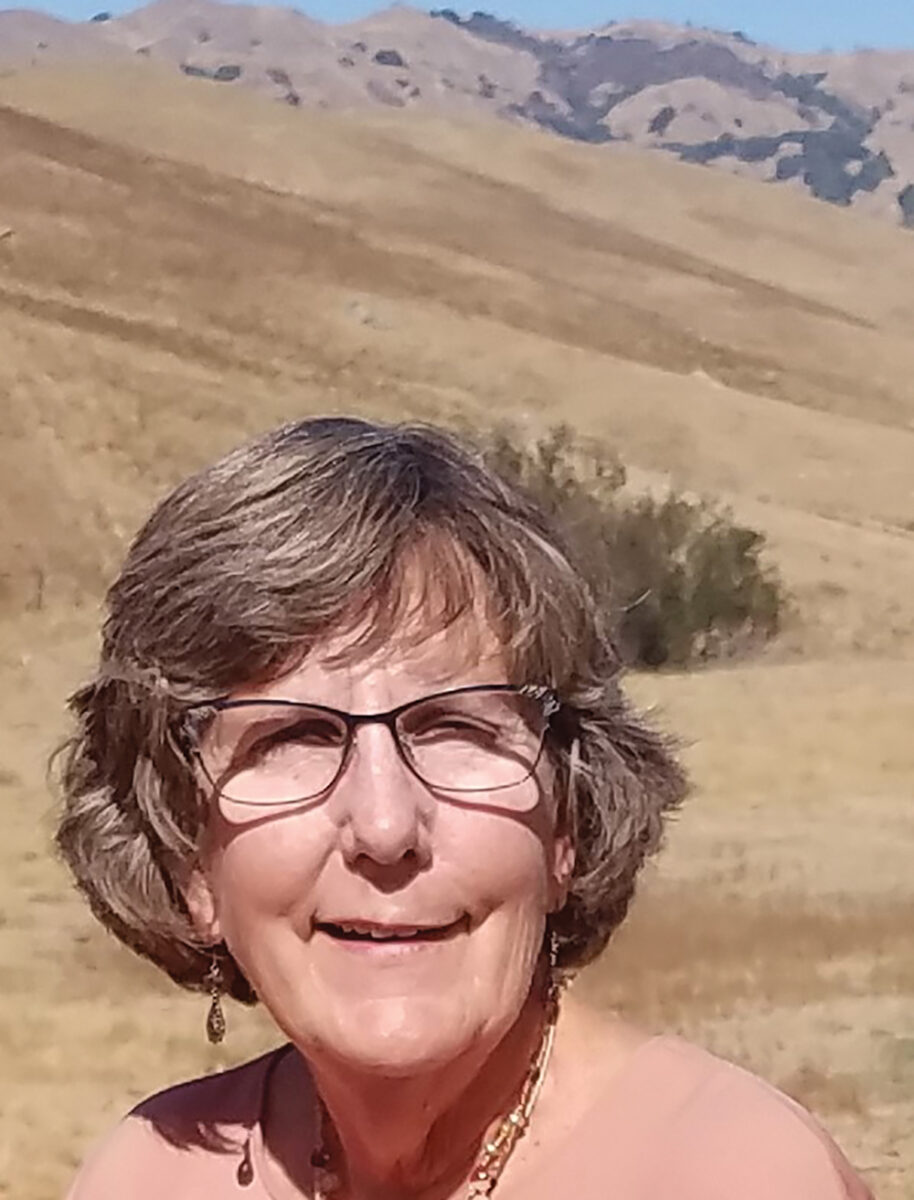
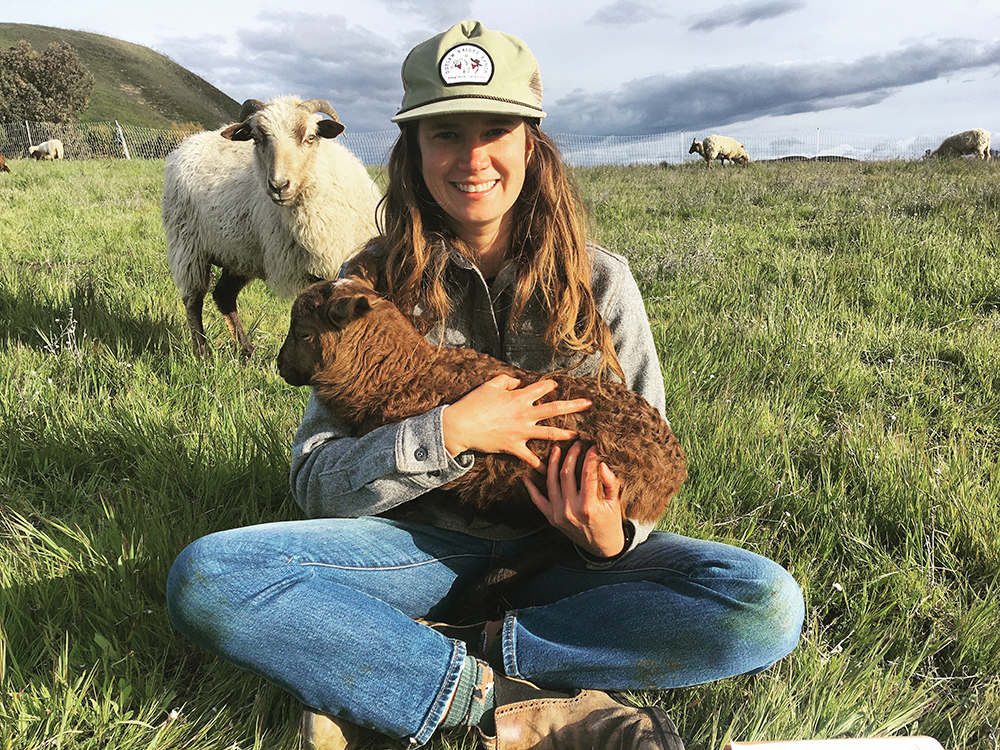
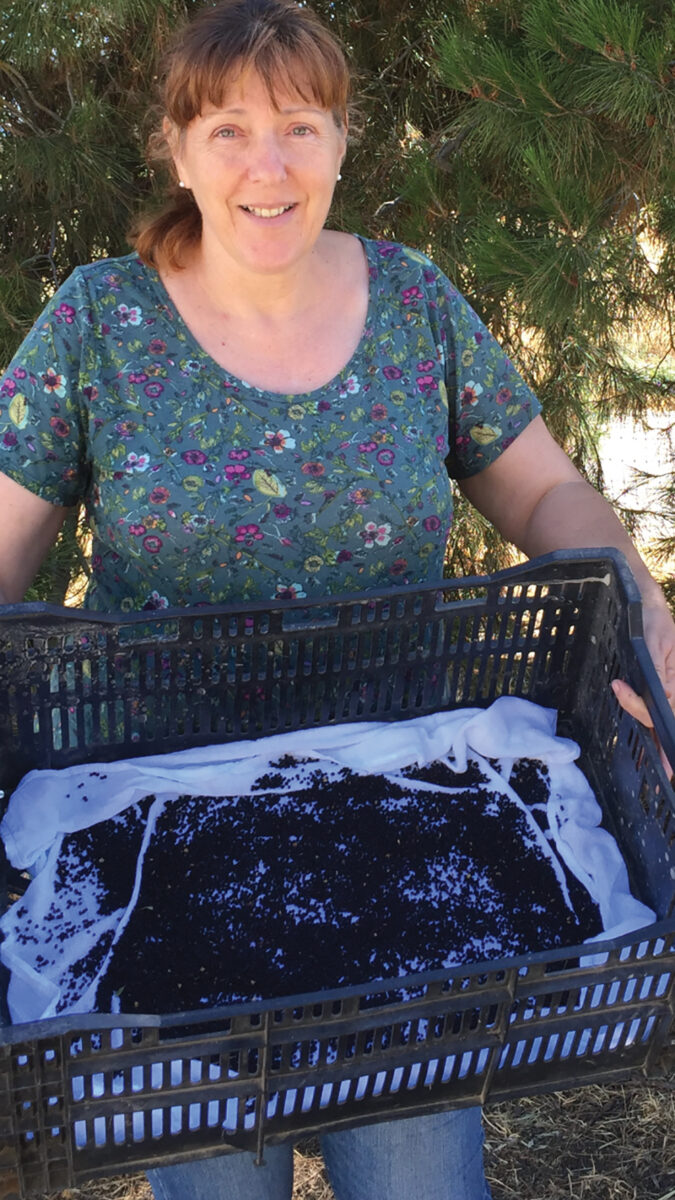
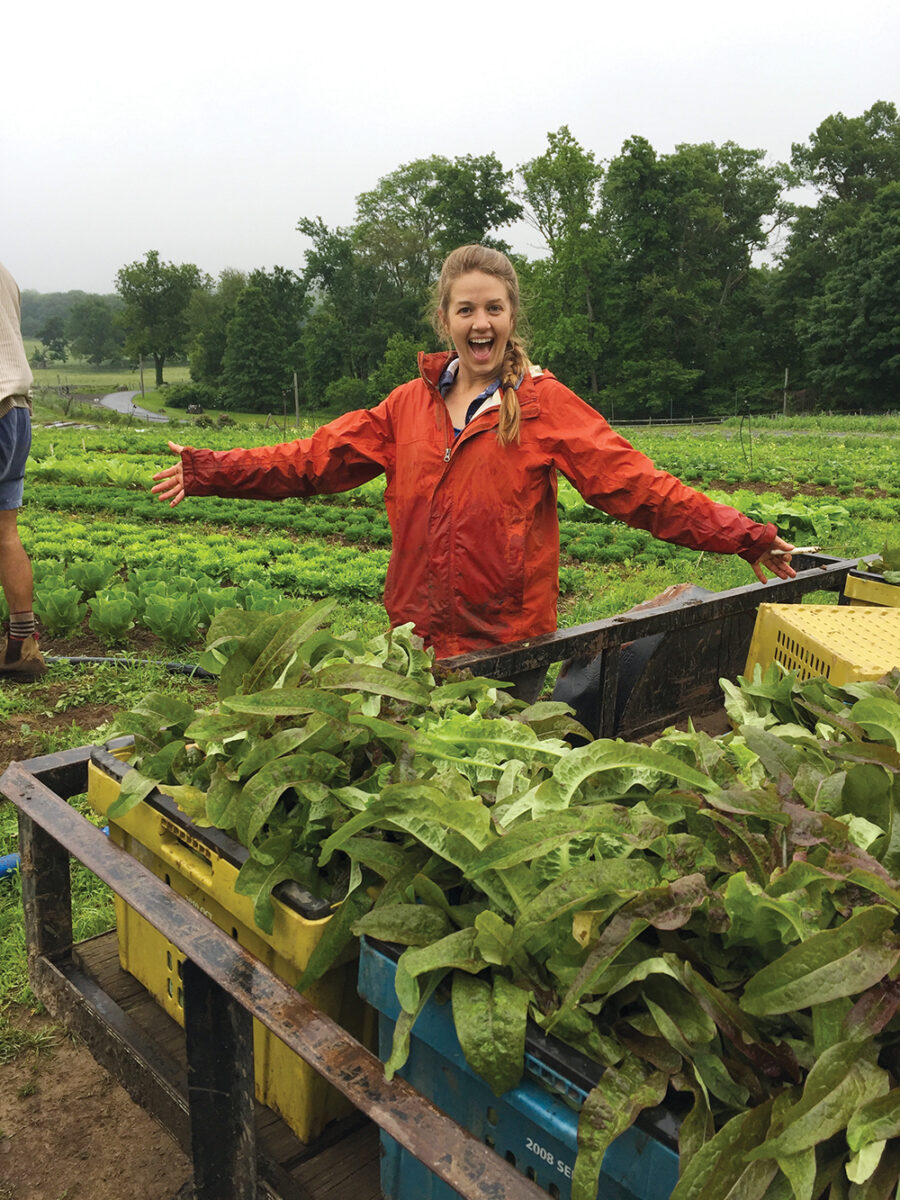
How did COVID-19 change your outreach (workshops/field tours/demonstrations) efforts this year?
COVID-19 had huge implications for our national Women for the Land (WFL) team. In 2020, we set a project in motion to nearly double the geographic reach of our programming while expanding the topics and audiences we’ve previously engaged with through our Learning Circles. This would have been ambitious enough without having to also reinvent the way we conduct the Learning Circles themselves. At first, our team planned to still host in-person events while building our skillset for a back-up online version. But as May 2020 approached, it became clear that we would definitely need to shift to hosting events online. We found that Zoom was the platform most conducive to setting up the non-hierarchical, relationship-based gatherings we needed to cultivate. Drawing on examples our Natural Resources Conservation Service and Dairy Council partners shared with us, as well as on examples from YouTube, we explored options for producing virtual farm tours and live or pre-recorded demonstrations to replace the hands-on components of our in-person Learning Circles.
For our California planning team, COVID-19 primarily impacted the timeline for implementing our Learning Circles and forced us to move to an online platform. We used a local stakeholder-driven process. It took our team a lot of needs assessment and relationship-building to get to a place where our partners felt committed to diving into implementation. This delayed our implementation by three months, during which time we conducted one-on-one phone calls with potential participants to identify their needs and to build partnerships that could help us reach audiences able to engage online. We also had to learn the ins and outs of the Zoom platform, ensure security via registration, build curriculum appropriate to the online setting and test out how to play videos within Zoom meetings to replace the hands-on components of in-person events.
This delayed our implementation by three months, during which time we conducted one-on-one phone calls with potential participants to identify their needs and to build partnerships that could help us reach audiences able to engage online.
From our Midwest team: In every single way imaginable. One moment I was planning months of Learning Circles covering all areas of three states, finding partners, advising them on locations, catering and farm visits. I distinctly remember the first circle to cancel completely. It took us two weeks to decide the April 3 Learning Circle on cover crops would be canceled; it has never been rescheduled. None of the in-person Learning Circles have been rescheduled. Formerly I would recruit people to participate by direct one-on-one outreach, phone calls and emails. They would tag along with a neighbor or family member, sometimes for lunch and dessert more than anything. Now I’m using email lists and social media campaigns, there is no dessert, and most participants aren’t even in the same timezone as me.
What are some key things you learned from pivoting to a virtual platform?
Virtual events are A LOT of work and are constantly changing. I put in more time arranging a two-hour virtual Learning Circle than I do a full day in-person one. There is very little room for “winging it.” Everything must be planned, prepped and practiced to have any semblance of organization. I am continuously adjusting my agendas and content according to how well something worked or didn’t.
Co-facilitators and discussion leaders are also more important than they have ever been. Support in monitoring the group, chat features and Q&As is very helpful. Also, giving yourself and your participants a break from listening to one speaker/facilitator helps keep the discussion active and inclusive.
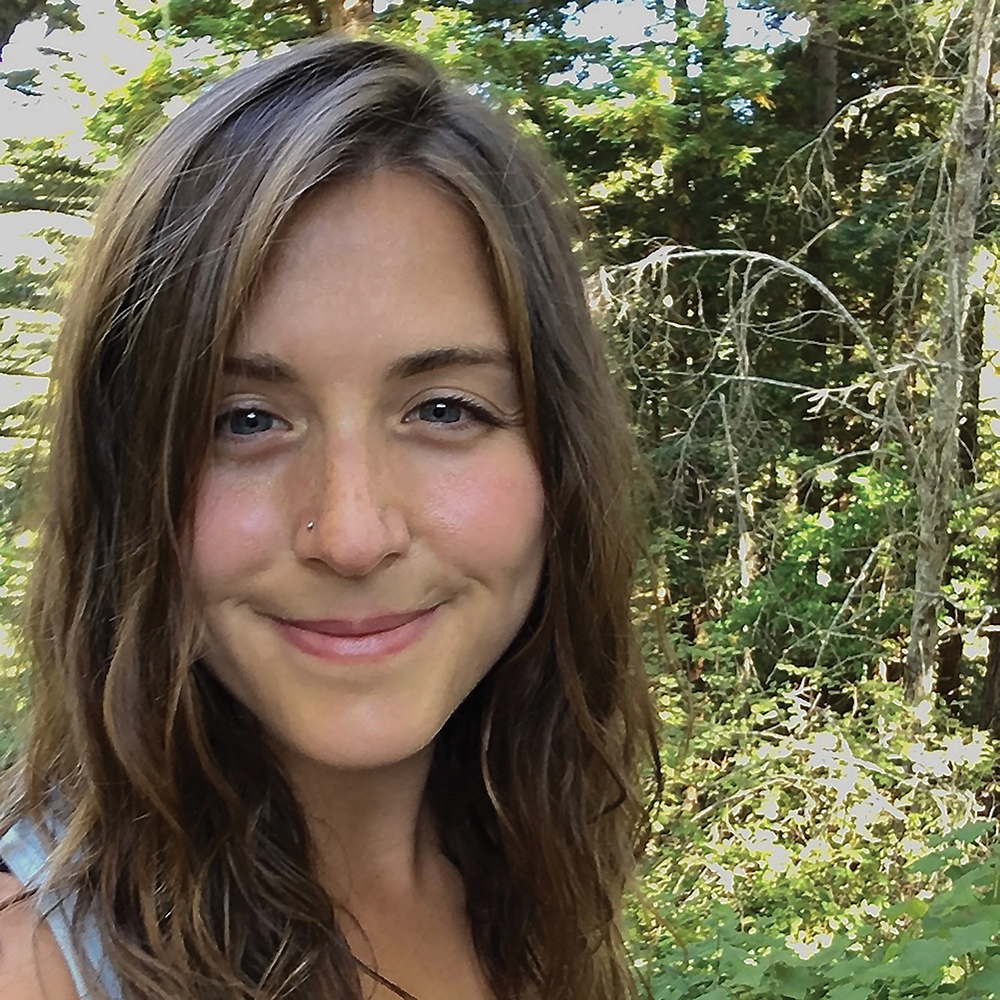
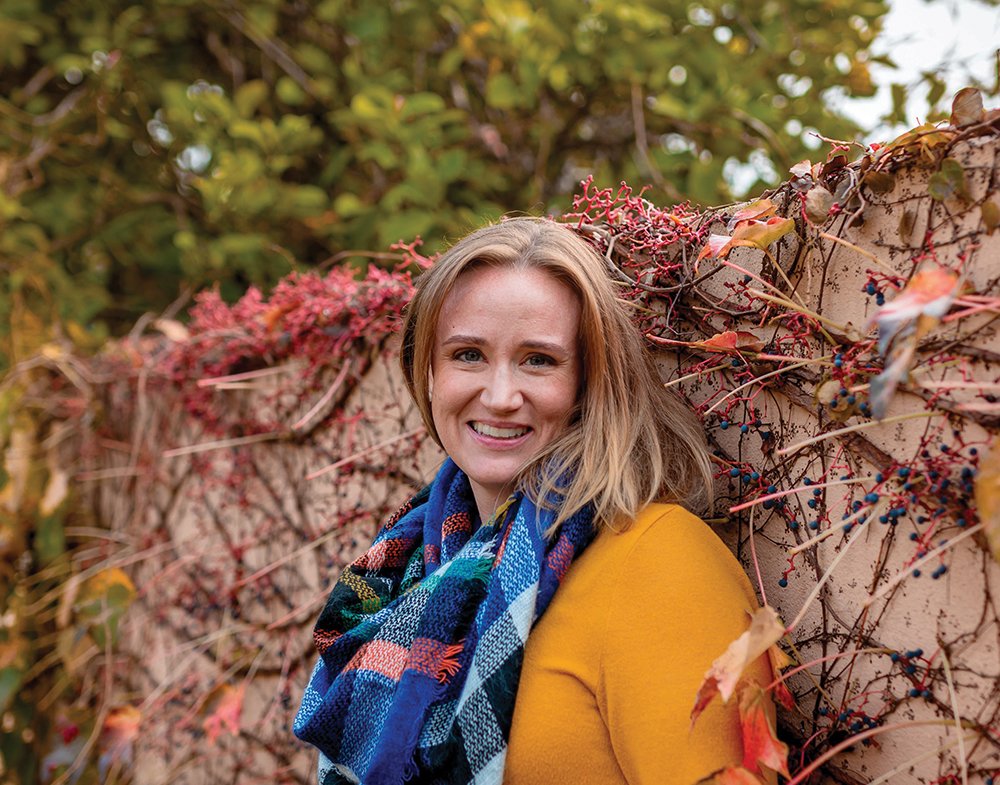
What worked well?
There is clearly a lot of demand for this type of programming in California. We had over 50 people try to register for our first event, which was targeting a three-county cluster in the Central Coast region of California. Thirty four of those were people actually associated with agriculture in those counties, and 18 of them ended up joining the online Learning Circle. We got local resource providers in each of the three counties to join the event to share about the services they provide, and we leveraged the support of a USDA Climate Hubs researcher to facilitate a discussion on the climate-related stressors women are experiencing on their land and what they can do about it. We also shared information about where women can get involved in advocacy and leadership. Women reported gaining confidence in their knowledge of climate-change stressors affecting agriculture in their area, as well as increased knowledge about whom to turn to for support. Many reported their motivation to utilize USDA and Resource Conservation and Development programs and technical assistance for support. Participants were able to share some of their struggles, including family dynamics, the challenges associated with gaining respect and credibility in a male-dominated field, and the need for more support for aspiring farmers and farmers of color. Having promoted the circle as being open to anyone who identifies as a woman and who stewards agricultural land, and utilizing the support of local partners for outreach, we were able to host a wide diversity of women, including women of many racial and ethnic backgrounds, production systems and land tenure circumstances.
Soil health demonstrations worked better than I could have ever imagined. Many participants stayed on the call beyond the allotted time to see the additional demos we had prepared.
What didn’t work so well?
The diversity of the group and the large turnout were certainly an asset, but they were also a challenge and meant some tradeoffs in terms of the depth we could reach in our discussion about on-farm practices that women could implement. With so many different production systems and land tenure situations among the participants, we had to curate breakout groups according to those to allow them time to discuss with their closest peers. This “affinity group” model did work well once we set it up, but it was a challenge because we didn’t ask about what production system people had in the registration questions, so it had to be drawn out during the meeting or via individual emails to participants. Lots of work for the facilitator! But ultimately it allowed for some new relationships to be sparked and for the resource professionals to really get some “face time” with smaller groups of women in their areas.
Regarding PowerPoints—anything more than five slides and you’ve lost the group.
What surprised you?
I was surprised by how hard it is to hold peoples’ attention any time screen sharing is happening by a presenter. We really tried to minimize the use of PowerPoint, but even with just 3–5 slides being presented by one person, participants clammed up a bit, and it was difficult to revive discussion.
Also, the networking and conversations amongst participants and resource providers has been even more open than in person. We have had smaller groups, and they are from all areas of the country, so perhaps that extra bit of anonymity is encouraging. I have always heard that it doesn’t matter how many people you have at an event as long as you have the right people. The women who have participated have definitely been the right women. They come from every type or background: farm owners, operators, absentee, organic, conventional, beginning, everything. However, they still wanted to help each other, encourage each other and listen to each other. In four years of Learning Circles the virtual sessions have been the most rewarding.
What lessons have you taken away that will inform both virtual and in-person events in the future?
In the future, I think it will be key for us to work closely with partners and speakers to emphasize that the online meeting itself should be focused on generating discussion, asking questions, listening to participants’ needs and building relationships across women. Conveying information should be done via creative means such as pre-recorded video presentations, farm tours or demonstrations that participants can view on their own time and then discuss during the full group gathering. This is something we plan to try out in our upcoming circles.
We also learned some lessons the hard way regarding the amount of work it takes to coordinate Zoom meetings with registration. In order to keep each individual’s unique Zoom link safe (to prevent “Zoombombing”) and support our audiences (who are not all very tech savvy), we had to send out individual emails to each registrant with their join link and the participant agenda so they knew what to expect. I think many people sign up for online events thinking that they are going to be webinar-style engagements that they can passively listen to while multitasking on other things. But our Learning Circles are meant to bring women into presence with one another and to really listen to each other’s stories as the basis for learning critical skills and information that’s typically not easily accessible for them.
Lastly, both virtual and in-person events have their place in outreach and education. The women who were very involved while the Learning Circles were in person are not interested in virtual Learning Circles. The women involved in the virtual weren’t interested in in-person, should we offer those again.
The networking and conversations amongst participants and resource providers has been even more open than in person. We have had smaller groups, and they are from all areas of the country, so perhaps that extra bit of anonymity is encouraging.
Is there anything else you would like to share about your experience with utilizing virtual engagement tools while serving your particular audience/constituency?
There are many places in California where farmers and ranchers can go to for information and support. But we know from data and from speaking with agricultural resource providers that it remains rare for women, gender nonbinary, Black, Indigenous and people of color farmers to be utilizing these services to their full potential. Resource providers working to address these disparities find that conducting outreach with under-represented farmers is challenging. There is a lot of trust that needs to be built, and in many cases there are structural challenges and painful histories to contend with, particularly for women of color in agriculture. And yet, we know there are many resilient, passionate women and farmers of color forging a path in agriculture nonetheless. We will need all hands on deck to realize a resilient, food secure future, especially in California. To amplify what one of our participants, Helen McGrath, said in her introductory questions—“California agriculture is going to experience severe transitions in the coming years and decades, and we will need unprecedented collaboration, innovation and equity throughout the ag system to survive.” Though not a perfect replacement for in-person learning, these virtual gatherings are providing a lifeline for many women who are feeling a bit isolated right now. We’ve started to see that these gatherings can be an antidote to that isolation, a salve for the open wounds between struggling farmers and the agencies meant to support them, and a necessary infusion of interdisciplinary learning to drive the resilience our farmers will need. I welcome everyone reading this to think about how we can collectively improve our efforts towards this intention through the Women for the Land initiative and across our collaborative efforts.
Contact: Caitlin Joseph, Women for the Land outreach coordinator, cjoseph@farmland.org, (916) 282–3994
Ashley Brucker, Ohio Agricultural Stewardship Program manager, abrucker@farmland.org, (614) 696–6623
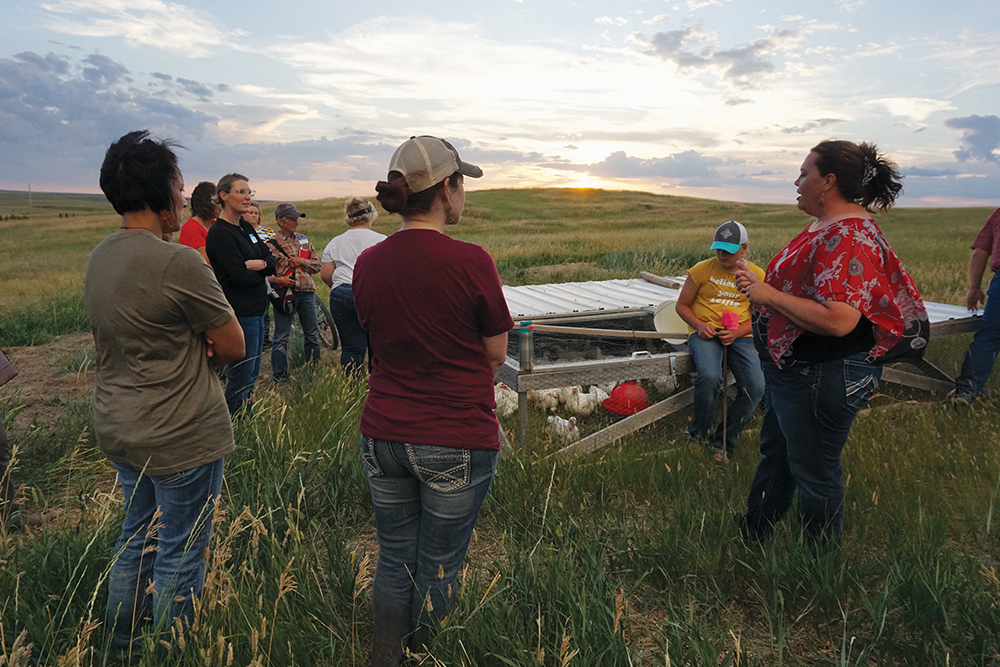
Cayla Bendel and Kim Cole, Pheasants Forever
How did COVID-19 change your outreach (workshops/field tours/demonstrations) efforts this year?
I would say the primary effect COVID had on my outreach events is a delay in planning efforts. In addition to that, there were inconsistent beliefs and opinions on how to navigate the situation and of course some reduced attendance at in-person events due to safety concerns. At the initial outbreak it was difficult to make decisions about scheduled events, to pursue new landowner hosts and to figure out how to continue to accomplish our mission in such uncertain times. Many possible hosts and partners were unable or unwilling to commit to working together this year. Furthermore, I worked with landowners who were persistent about in-person events and likewise those who felt more comfortable with a virtual event. Social distancing and additional sanitation measures (hand sanitizer, optional masks, COVID signage, food serving and packaging adjustments, portable restroom rental, etc.), were all implemented at in-person events, creating additional costs.
The biggest impact of COVID-19 was simply having to cancel events. We had plans for several Women Caring for the Land Learning Circles but had to cancel, postpone or switch to a virtual format. For our virtual event (which was our first Learning Circle and first virtual event), we hosted a couple of events. One was a soil health workshop using Zoom, and we hosted another session on wildlife and pollinator habitat using Microsoft Teams. Participants all introduced themselves, including technical resource specialists who presented on habitat basics, conservation-focused management practices and cost-share programs available to landowners. We also provided a virtual field tour with live stops on the host’s farm. We opted to offer fewer spots for this virtual event than we would for an in-person event, simply to maintain a level of comfort for those new to webinars and video conferencing, and to help with our level of comfort as we conducted our first virtual event. As we work to plan in-person events and reschedule postponed workshops, we are following local/state/ federal guidelines closely to ensure we are in compliance, and we are taking additional precautionary measures to provide a safe and comfortable learning environment for our participants (e.g., instructors wearing masks, encouraging participants to wear masks/providing disposable masks to those who need one, having hand sanitizer and sanitizing wipes on hand, limiting the number of instructors and participants to maintain safe social distancing, spacing tables and chairs a minimum of 6 feet apart but farther if space allows, etc.).
Our promotional efforts changed as well as our event practices. We made sure to note on event flyers and in other promotions that social distancing guidelines will be adhered to during in-person events. For our virtual events, we had to increase our promotional efforts and make a point to follow up with interested participants and registrants to ensure we had good attendance.
What are some key things you learned from pivoting to a virtual platform?
After attending the AFT virtual training sessions I felt much more comfortable hosting my first virtual Women Caring for the Land event. I utilized Zoom and learned from the AFT training the importance of going over Zoom features in the beginning, changing Zoom display names to first names, doing introductions in alphabetical order to simulate the predictability of order in a Learning Circle, and then having the landowner host present a live tour from her farm. I would say beyond those excellent tips, one KEY thing learned (the hard way) in an unrelated virtual event earlier this year, and emphasized in training, is to PRACTICE. I held a virtual site visit with the landowner host prior to the event, and she did a phenomenal job talking about her place and practices, so I was confident going into the event. I was also able to time how long each stop would be as well as how long it took her to move locations so that I could inform participants of when to come back after a brief break. I also spent time getting to know Zoom since Pheasants Forever utilizes a different platform for most meetings. Based on AFT’s suggestion and my personal experience in virtual meetings and events, one limiting factor is definitely time. Squeezing content into less than two hours is difficult, but anything longer and I just don’t think people stay attentive or engaged. Attendance was actually about the same as my in-person events, but I did have women from different states attend, which is obviously unlikely for an in-person event, particularly one absentee landowner who owned land near the host but lives out of state. This could be a worthy way to better reach absentee landowners, which is very common in North Dakota. We even had one woman join from the grain cart during harvest—ha! I am also nervous about participation in the post-survey because at in-person events I make attendees fill it out before leaving, whereas with this event I put the link in the chat box at the end and sent it via email, but I have less control over their completion. Finally, with the virtual events it will be useful to have and to share and learn from the recording.
Practice, practice, practice! As we switched gears to virtual, our instructors had a few practice sessions before the event to make sure we were comfortable with the software, knew how to use the functions like screen share, made sure microphones and cameras worked, etc. This was extremely helpful as we prepared for our event.
What worked well?
We were pleased with the events we hosted with Zoom and with Microsoft Teams. Including videos as a virtual tour of sorts was a great addition once we figured out how to make the audio work (We did this in our practice session!). Utilizing the chat feature is great for sharing links or other comments/reminders during the virtual event. During the Learning Circle, we had all participants introduce themselves. If you need to do the same in your event, the easiest way we have found so far is to go down the participant list and call on people to speak. That eliminates people talking over each other if more than one person speaks up at a time.
What didn’t work so well?
So far so good. Aside from minor microphone issues of the participants, we have had smooth sailing!
What surprised you?
The success of having participants introduce themselves as they would during an in-person Learning Circle. I was worried that participants would not be as comfortable speaking during a video conference as they would be in person, but I was surprised by everyone’s participation! Our participants also participated in discussions throughout the event, so overall we felt that the ladies were able to connect with everyone and leave with great contacts.
What lessons have you taken away that will inform both virtual and in-person events in the future?
I think mostly just being open to the idea of a virtual meeting when it is more fitting or strategic for the audience (e.g., absentee landowners). It is less intimidating now that I have hosted one. I would also like to experiment with going live on Facebook with an event—that had failed in my earlier unrelated virtual event. And I think in this “new normal,” virtual options or online live components will become useful and maybe even necessary at in-person events too.
Safety first! Always! These are new waters that we are all treading together, and with these circumstances, safety needs to be paramount with any events we plan. If you can’t hold an event within the current safety guidelines for COVID-19, then you probably should not have the event in person and should consider your virtual options. If you can host in-person events, then take all necessary precautions to ensure a safe environment that complies with current regulations (see examples above).
Both styles of events have their value and their cost. We found virtual events easier in that we don’t have to travel; we don’t have venue/food/supplies expenses, they take less time; we can host virtual events more frequently; they reach more people; and so on. But you lose that really valuable in-person interaction and the hands-on experience you get at a traditional workshop. You can still succeed in having your participants interact when using a virtual platform, you just have to get creative!
Is there anything else you would like to share about your experience with utilizing virtual engagement tools while serving your particular audience/constituency?
The Learning Circle and energy it creates are very difficult to replicate virtually, BUT in this Women Caring for the Land event and in one of our virtual Women, Wine & Wild Game events, I was still able to feel some neat connections happening.
I found it very helpful to watch other virtual events (webinars, meetings, etc.) and to participate in those to get even more experience with the various virtual meeting platforms. I gleaned a ton of great tips just by listening in and seeing how others conducted their events.
Work with partners! We’ve had great experiences working with our partners who are hosting virtual events, which allows us to bring other professionals into our workshops and to contribute to virtual events they are having as well.
For a few of our virtual events, we have set up our organization’s banners behind the speakers to help give a more aesthetically pleasing background when presenting in meeting rooms or office spaces. We use these at our in-person workshops and other events to promote our organization and how we work with landowners, so we figured why not set them up for virtual events as well?
Contact: Kim Cole, kcole@quailforever.org
Rachel Bush, rbush@pheasantsforever.org
Jean Eells, E Resources Group, LLC
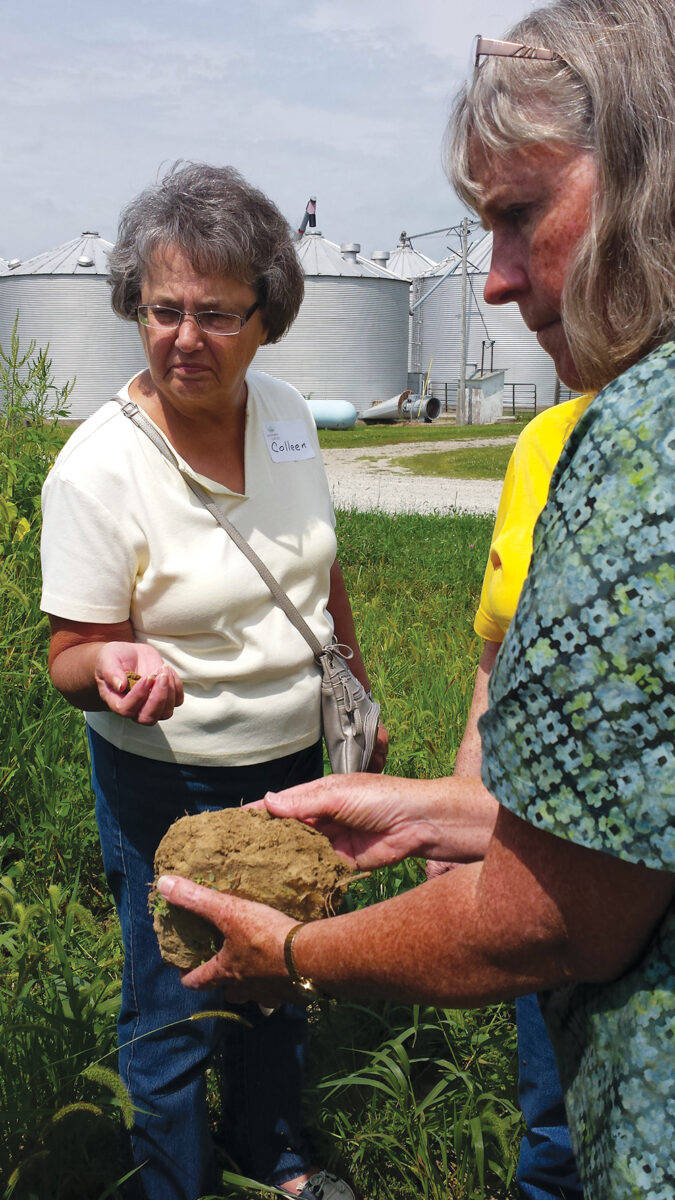
How did COVID-19 change your outreach (workshops/field tours/demonstrations) efforts this year?
All in-person professional development training for women’s conservation outreach was canceled for the year and is not expected to resume. All training has been converted to virtual format.
What are some key things you learned from pivoting to a virtual platform?
In a 90-minute session, use of small group breakouts is beneficial and may be essential to allow people to interact with the information and remain engaged with the experience. Having a small number of participants is helpful to allow for active engagement with each other and with me as facilitator/instructor; however it may be possible in the future to manage a larger group. I felt somewhat forced to use slides to convey information in the virtual format, which is something I have chosen not to do during the in-person professional development training. I prefer to have participants experience how different the environment is where women can thrive as learners, where dialog is favored over lecture. I’m not yet convinced that virtual platforms necessarily emphasize the difference for the trainees—time will tell. For me, the loss of evaluation data discerned by watching the participants during the day is very problematic in understanding how effective the training is. Relying only on an online survey means an additional loss of data if participants don’t reply.
What lessons have you taken away that will inform both virtual and in-person events in the future?
If the audience of women landowners who are older are not likely to return to in-person meetings for a long time to come, there may be no point to training people how to host effective face-to-face meetings for women. However, the concepts of engaging women’s values and passions for stewardship are essential for professionals to understand, and if virtual events continue to be viable training venues then, I will add more options to the E Resources Group, LLC portfolio. I will also be adding opportunities for women landowners to engage directly with me and with other experts through services I will develop.
Contact: Jean Eells, jeanceells@gmail.com, (515) 297–0701
Lisa Kivirist, MOSES (formerly with In Her Boots)
How did COVID-19 change your outreach (workshops/field tours/ demonstrations) efforts this year?
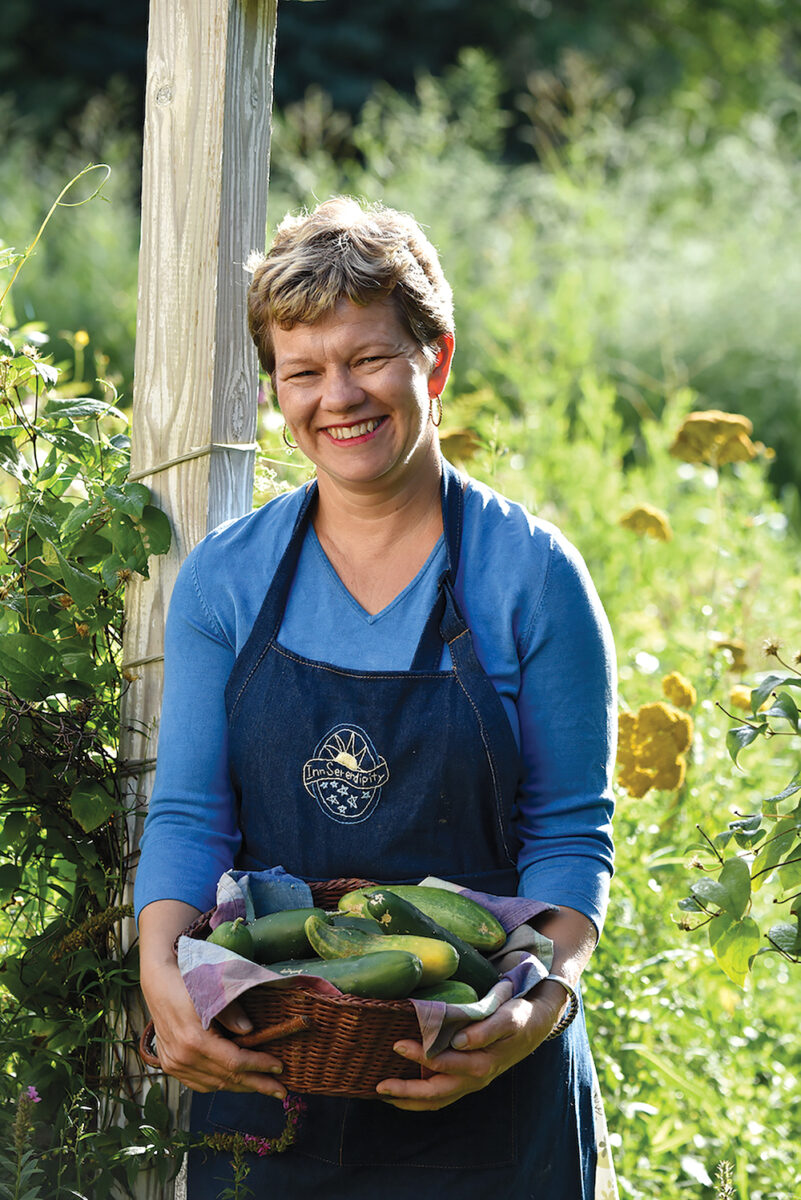
We adapted our three in-person events (Women Caring for the Land events and In Her Boots on-farm workshops) into three virtual events/webinars:
- June 18, 2020: Resources for Cultivating Conservation (panel)
- July 28, 2020: How to Set Priorities & Manage Time with Charlotte Smith, 3 Cow Marketing
- August 18, 2020: She’s Got Your Back: Tap into a Support Network with Denise O’Brien, Rolling Acres
What worked well?
The chat function worked much better to engage and have interaction amongst attendees versus live discussion/Q&A. We encouraged women to introduce themselves and their farm in the beginning of the session. We learned the chat takes time to “warm up” (nobody wants to be the first). We experimented for a later session and asked some women farmers we knew who had registered for the event to jump in and get the chat going quickly in the beginning. They were happy to do that, and it made a huge difference in interactions. We did hear from women very appreciative of the virtual format as they are not able to attend in-person events due to farm commitments and family responsibilities. We saw several moms with babies on their laps (on mute!) who could readily attend something like this.
What didn’t work so well?
We learned it is difficult (and frankly unnecessary) to try to be “everything” in a virtual event. That was a frustrating realization as we can cover, and historically have covered, so much ground at in-person field days, including prioritizing and fostering networking and social connections. While the chat function was helpful, it also by default caused dual things going on simultaneously: someone presenting and discussions going on in the chat, which might be on a totally different topic. We learned it’s important to have the speaker focus strictly on the information and not get distracted by the chat. Having one person officially host and keep an eye on the chat and having another team member be the tech support (with ample bandwidth) worked much better. Remember: attendees register to hear the advertised speaker and topic, therefore keep your introduction and other information short. We learned this via survey feedback.
We did hear from women very appreciative of the virtual format as they are not able to attend in-person events due to farm commitments and family responsibilities.
Lisa Kivirist, In Her Boots
What surprised you?
By going virtual with a free event, we by default immediately cast the attendee net much wider, both geographically and background. While inherently it’s great to have wider outreach, this could be a challenge moving forward with specific grant and program deliverable goals that need to address a specific audience. For example, we are the “Midwest Organic and Sustainable Education Service.” Does it support our mission if we have attendees from New Zealand (which we did)?
These will be increasingly important questions to address in the future related to virtual event outcomes. We had higher participation of educator/agency women than what is typical at our events. Additionally, we did have a handful of male attendees. (That would not have been typical of our in-person events.)
What lessons have you taken away that will inform both virtual and in-person events in the future?
Not surprisingly, attendees register last minute for these events. About a third of attendees registered two days prior to the event. Having the ability to view the webinar online afterwards on one’s own timeline understandably expands outreach. We found virtual events/webinars are an easier fit when it comes to pure informational exchange, i.e., speakers presenting information. It is a challenge to create more “intimate, safe space” virtually for women to really ask more personal questions and directly engage.
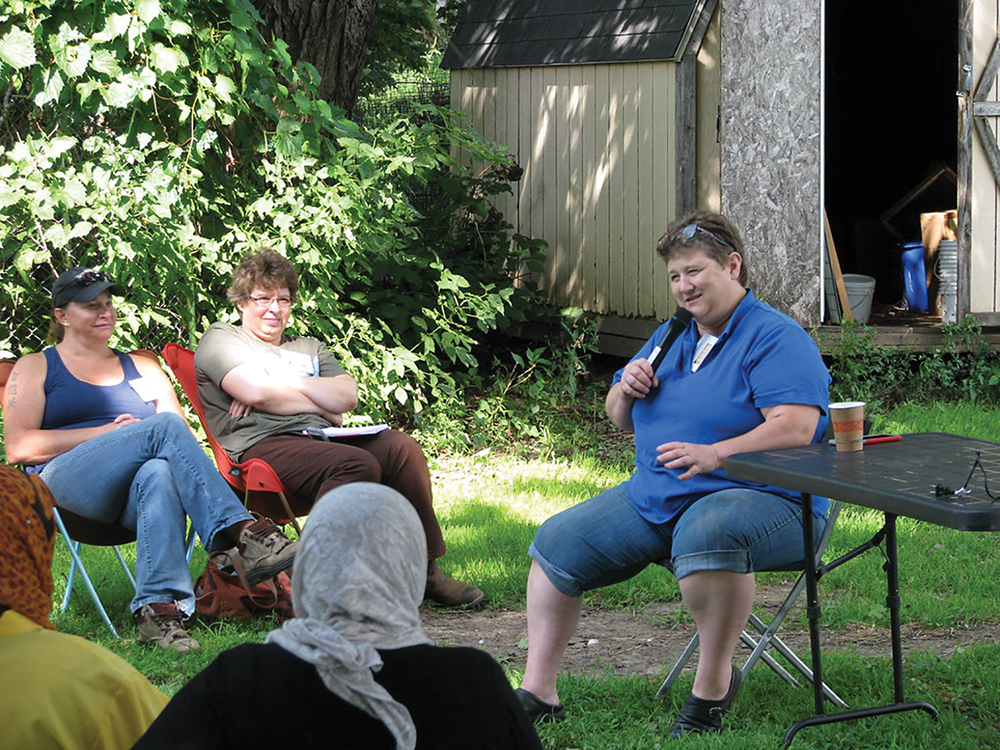
Even though there is definite excitement and urgency around hosting a virtual event live, we’re realizing it’s important to see these as lasting, “evergreen” resources online. About one third of registered attendees did not attend live but watched later.
We hosted all three of these events at 1 pm CST, both wanting consistency in timing for them all and thinking the early afternoon/after lunch might be a conducive time slot. We would love more insight comparing other timing situations if there might be better options (although evening events would be a challenge for agency and other organizational speakers and support).
Hosting these in the winter/early spring may encourage better attendance. We had the most attendees at our June event and our lowest at the last event in August. This may also have to do with “Zoom fatigue” and the fact that such resources were “new and shiny” earlier in the season and then became more commonplace.
Presenting virtually is a skillset, and it isn’t necessarily something that is immediately transferable from other settings (e.g., someone who may do fine presenting in a large room via a PowerPoint on a screen can’t just take that same format and run with it online necessarily). PowerPoint slides should be much simpler and have less content, as attendees are viewing on their computer or even on phones.
Even though there is definite excitement and urgency around hosting a virtual event live, we're realizing it's important to see these as lasting, 'evergreen' resources online. About one third of registered attendees did not attend live but watched later.
Lisa Kivirist, In Her Boots
Is there anything else you would like to share about your experience with utilizing virtual engagement tools while serving your particular audience/constituency?
We offered these sessions all free of charge, as just about all online farming resources to date have been. While this definitely opens up attendance enthusiasm, I am concerned on how paying for virtual events will be perceived in the future, especially events like conferences going online, as there is now an established expectation that virtual events are free. Typically, we charged $25–$50 for our all-day, on-farm In Her Boots workshops (including lunch), which attendees paid and felt was a solid value. Having a “tech rehearsal” a few days/weeks prior to the actual event was key for all parties involved. Presenters with varying levels of internet bandwidth need to check to make sure all is working well. We sometimes found that running a presenter’s audio through their phone was much better quality than their computer microphone (but this required testing/practicing ahead of time as most folks were not familiar with this).
Don’t look at webinars in isolation, but instead integrate them with other programming and resources. With our Resilience Boot Camp, we also had podcasts and a weekly e-newsletter that we could draw from and direct folks to.
Contact: Lisa Kivirist, lisakivirist@gmail.com
WFAN Women Caring for the Land and Women, Land & Legacy, Wren Almitra
How did COVID-19 change your outreach (workshops/field tours/demonstrations) efforts this year?
All of our in-person Women Caring for the Land Learning Circles were canceled and converted to online events. Considering we’ve been holding face-to-face Learning Circles since 2008, this forced a significant shift in both our planning and promotion processes, as well as how we think about ways to connect on a personal level and share needed information with our target audiences. Our Women, Land & Legacy program, which operates through local chapters throughout Iowa, saw all programming cancelled. For the first time in that program’s 16-year history we coordinated statewide educational and networking meetings, which were held virtually—again, a first for this program.
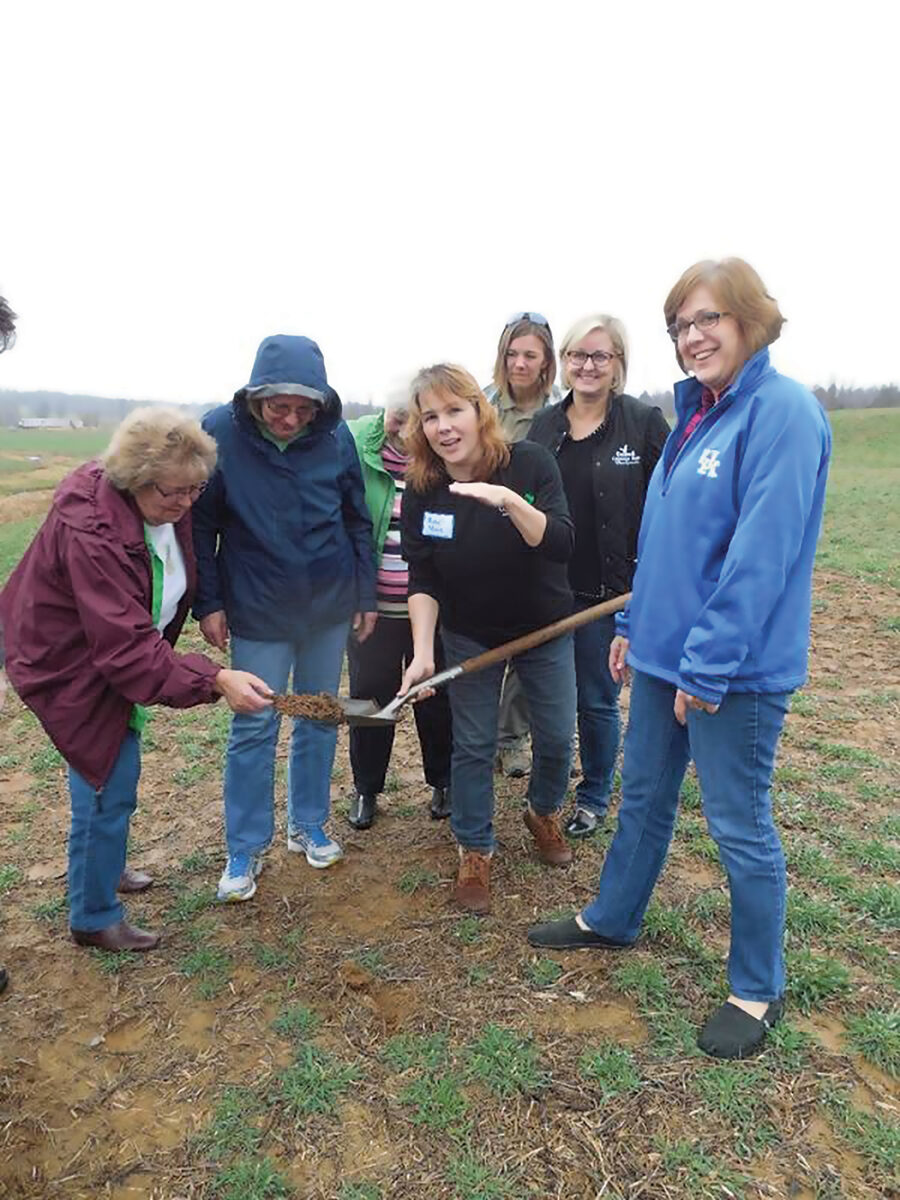
What are some key things you learned from pivoting to a virtual platform?
For Women Caring for the Land, we started from scratch because none of our in-person events used a digital lecture format or PowerPoint slides to disseminate information. We learned how to handle the logistics for Zoom meetings for large and small groups and breakout rooms; we learned, and are still learning, the best time duration of an online meeting; we learned how to handle the key soil health demonstrations via video; and we adapted for online polling/surveys for evaluation data. For one series of meetings our meeting participation size was intentionally limited to mimic our in-person meetings. For another pair of meetings, we advertised to a nationwide audience. We saw different benefits to both formats.
We were relieved that for the most part the facilitation seemed to transfer fairly well in creating a conversational atmosphere where questions could be asked more or less in real time in the Zoom chat function, by unmuting themselves or raising hands, and in small breakout rooms. For the series of meetings with limited participants, the magic of a small number of women getting to know each other by introductions worked reasonably well, more so if they were willing to turn on their cameras and be seen. If they didn’t engage right at the beginning by having their cameras turned on, we didn’t get as much interaction and had a little bit of attrition for reasons we are uncertain of. We were surprised at their interest in continuing to talk with us and each other as long as half an hour after an event was over.
For the meeting attracting a nationwide audience, there were these benefits:
- Breakout rooms were appreciated and were an effective modeling of in-person meetings in regards to networking and sharing resources (though these still did not meet the quality of in-person networking).
- We are seeing higher increases in pre-registrations overall with a 50% or so corresponding drop-off in actual attendees. We are still pleased with the turnout.
- We are seeing an increased national reach, which is effective in connecting with more women and in showcasing our innovative programming that focuses on education, empowerment and networking, now across states.
- Surveys so far have been positive; we seem to be continuing effectively in sharing information (with post-event actions taken yet to be determined).
What lessons have you taken away that will inform both virtual and in-person events in the future?
We will try future virtual events without limitations of group size or geographic area, and we will try to limit the amount of content to maintain the opportunity to ask experts questions and have a more leisurely interaction. We may also continue fostering small group models of virtual connection.
Contact: Wren Almitra, wren@wfan.org or info@wfan.org
